Generally most of the people think about the size of the mattress when it comes to finding a new bed. But bed height and mattress height are often neglected as factors that affect personal comfort, body health and the overall aesthetic of your sleep space. An amazing night’s sleep is quickly undone if you struggle to get out of bed.
How to determine the best bed height for you
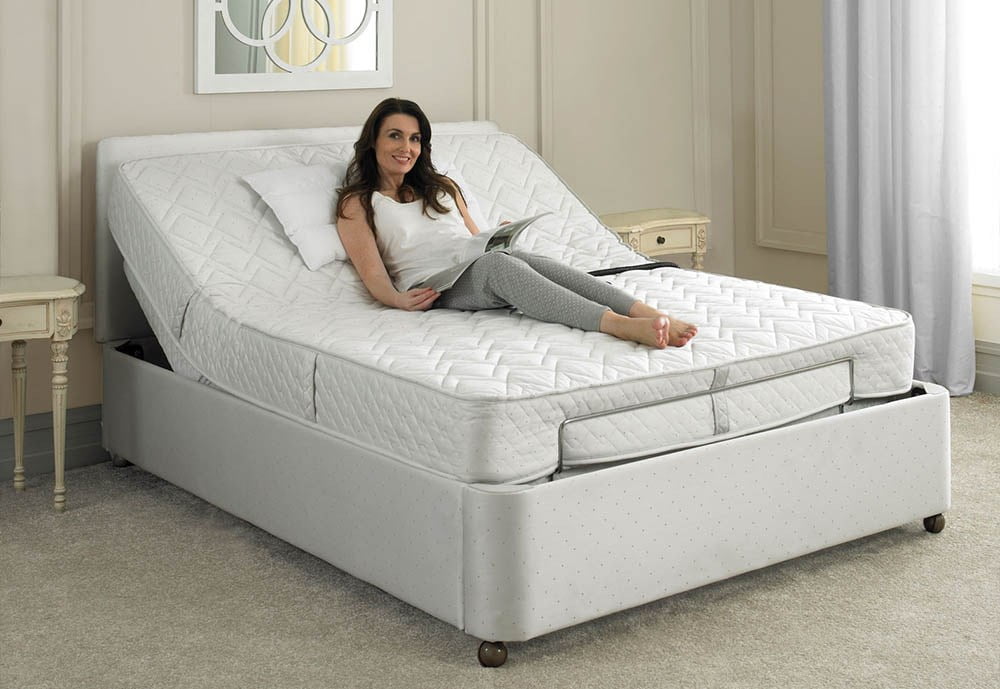
Why do you want to purchase a new bed?
Purchasing a new bed and mattress is not a small investment. We spend one-third of our lives sleeping (or trying to), so finding the right mattress affects our overall well-being.
Make a list of what you love about your current mattress and what you don’t.
- Is it challenging getting into or out of bed?
- Do you and your partner not have enough room to stretch out comfortably?
Take time to build the perfect bed by making an educated decision based on your sleeping position, firmness level and your bedroom’s decor.
Typical bed and mattress height
When choosing your new mattress, consider the overall bed height including the bed foundation or box spring. The Better Sleep Council shares,
While most people focus on the mattress for comfort, in reality, your foundation is responsible for much of your bed’s comfort and support.
By Sleep Council…
What physical factors should be considered in bed height?
Consider your height versus the overall bed height to ensure a seamless sleep experience. If you’re petite, you shouldn’t need a step stool to climb into bed.
Conversely, if you’re tall you don’t want to have to crouch awkwardly to get onto the mattress. Generally, a bed should hit around knee-level, or about two feet from the ground.
Age is another critical factor in choosing bed height. Ageing adults may lose balance or fall from a too-high mattress height. A mattress height that is too low can cause painful pressure on joints. The proper bed height can help prevent injuries and strains.
What mattress size fits your needs spatially and aesthetically?
While a king size mattress offers plenty of sleep real estate, does it fit your bedroom space? Compare your overall room measurements to the bed measurements (mattress and frame included).
Make sure you’ll be able to move easily around the bedroom and still have space for your furniture.
Mattress size and bed height can also affect the aesthetics of a room. Traditional bed heights complement larger rooms with vaulted ceilings while low-profile mattresses give the appearance of more space.
What medical factors should be considered?
Medical factors such as fibromyalgia, degenerative disc disease and muscle pain play an important role in determining the best overall bed height. Think about the ability to get in and out of bed easily and without putting excessive strain on your body.
Getting up from a low-height bed can cause unnecessary pressure and pain. Alternatively, if your feet can’t touch the floor while sitting on an 18-inch memory foam mattress on top of a 9-inch box spring, getting up from a higher bed can cause similar issues.
If you have physical issues or limitations that require a specific bed height, talk to your doctor for a recommendation and customise your mattress and bed frame accordingly.
Here are some popular bed types and their typical heights:
Traditional bed height
Traditional bed foundations are most commonly known as box springs. The standard box spring height is 9 inches, with the option of a low-profile box spring at 5 to 5.5 inches in height.
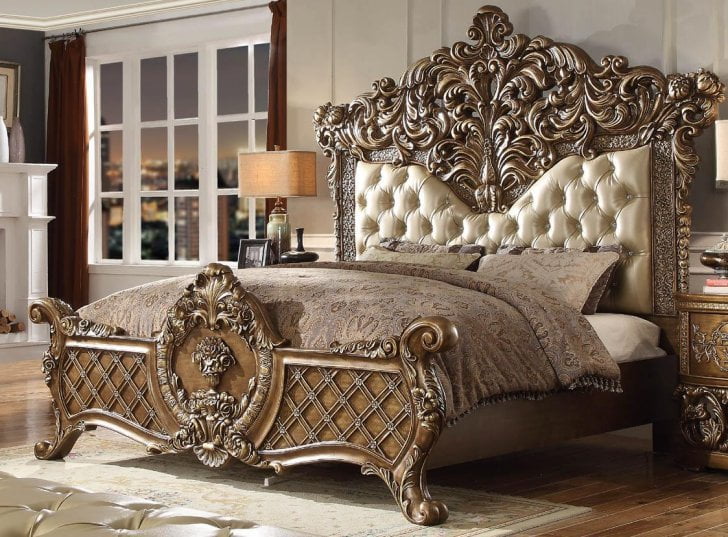
Keep in mind a standard box spring will add considerable overall bed height as opposed to platform beds.
Before purchasing your new mattress and foundation, always thoroughly read the warranty. Case in point, if you use a box spring with a Purple mattress, the warranty will be voided, as a box spring does not properly support Purple’s foam and hybrid mattresses.
Futon bed height
The futon of yesteryear has had a complete overhaul. Modern-day futons provide the multi-function of a sofa during the day and a sleeper at night.
Upholstered in a variety of materials including leather, faux-leather and fabric, futons easily integrate into an apartment, guest bedroom or small space.
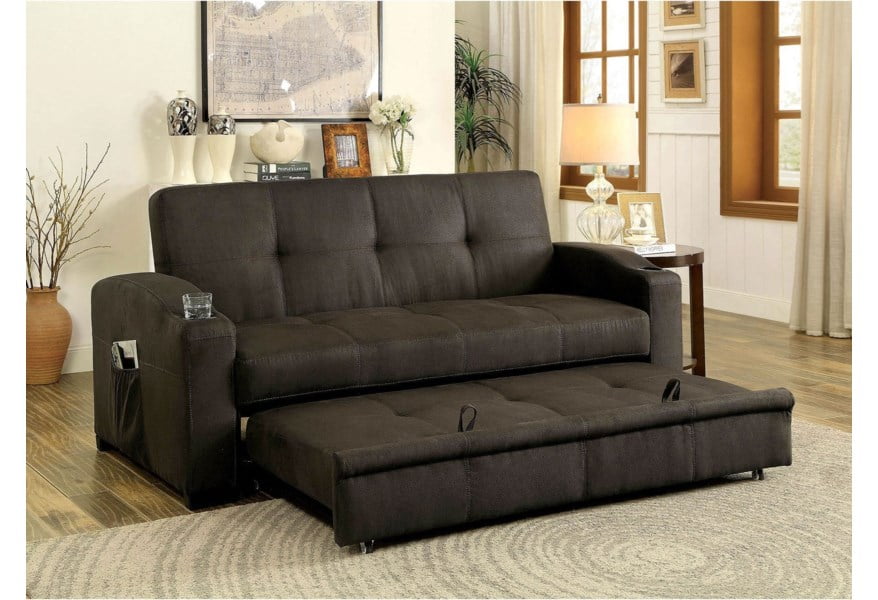
The futon’s “mattress” portion is approximately 5 inches in height with an overall futon height of 15 inches off the floor, creating a low-profile, contemporary look.
Selecting a futon doesn’t mean skimping on comfort.
Platform bed height
Platform beds provide a lower bed height as they are a flat foundation without the added height of a traditional box spring.
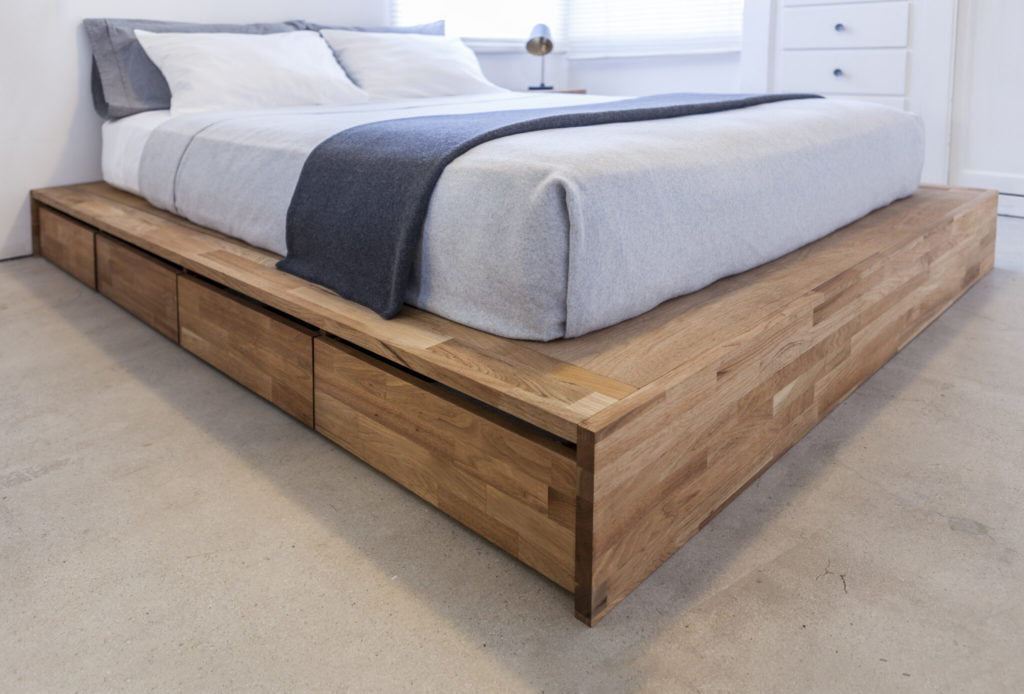
Made up of a solid flat material, grouping of slats or a lattice-type grid, platform beds provide a stable surface on which your mattress can rest directly.
Platform bed heights vary from 2-inch ultra-low profile to the standard 5-inch height. Platform beds go hand in hand with memory foam.
Adjustable bed height
Smartphone apps and wireless remotes often control these tech-fueled adjustable bases. With features such as USB ports, under-bed lighting and adjustable legs, these bases provide the ultimate control over bed height and sleep position.
From watching TV, reading a book or combating a night of snoring, power bases can be elevated or lowered. The adjustable legs come in three 3-inch pieces allowing customisation of bed height based on your specific needs.
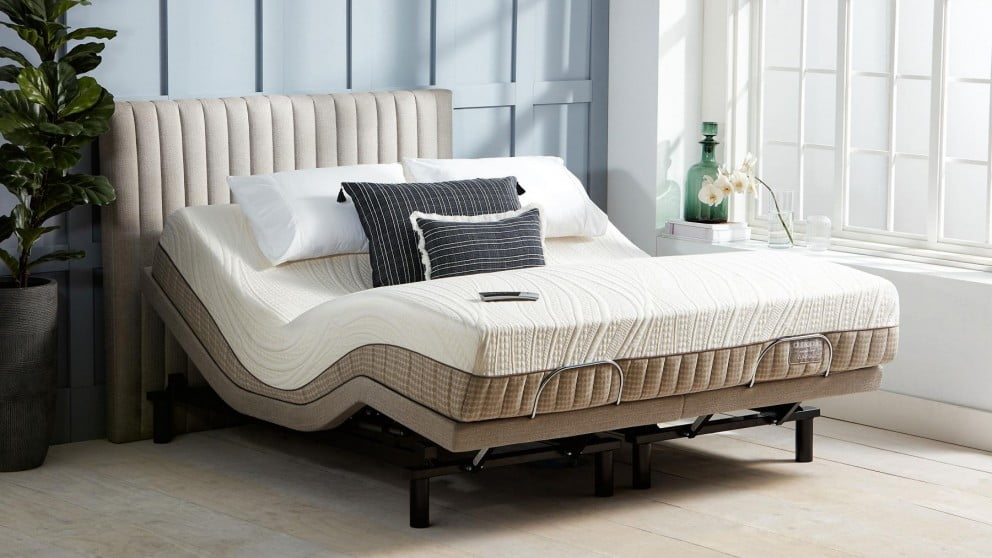
Pair a 12-inch memory foam mattress with their 9-inch adjustable power base for a high-tech and ergonomic slumber.
When choosing an adjustable base, always take into account the range of motion in addition to the bed height.
Pillow top bed height
Foundations aren’t the only variable in bed height. Mattresses with a pillow top add extra height to your bed due to the additional layer of cushioning.
Pillow top bed heights can range from 13 inches mattress with an attached pillow top to a sizeable 18 inches pillow top. The extra padding within the pillow top can be composed of several different materials.
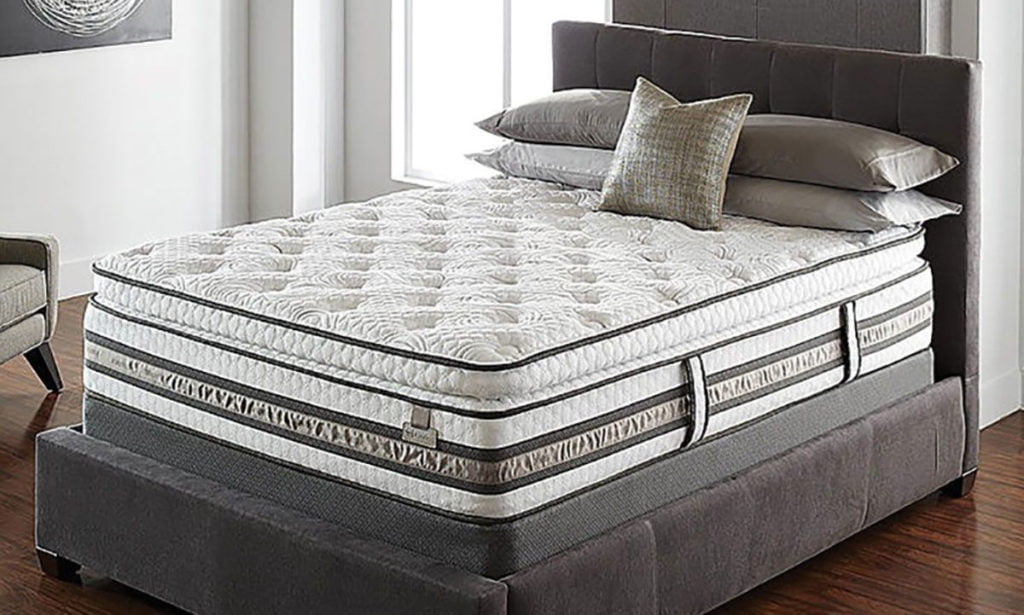
Memory foam, cotton, latex, regular or polyurethane foam are popular pillow top fillers. Keep in mind the additional bed height when choosing your sheet set, as pillow top mattresses require deep pockets.
Trundle bed height
Trundle beds provide extra sleeping space cleverly nestled under a larger bed. Typically on rollers, trundle beds can be easily moved when needed and hidden out of sight when not in use.
Due to their compact size (most often a twin size mattress) and lack of a box spring, trundle beds are lower in height. A good option is the compact and comfortable with 8-inch memory foam mattress.
Note, however, sleepers who are tall, elderly or have back or joint pain should choose another location to rest their head due to the trundle’s low bed height and sizing.
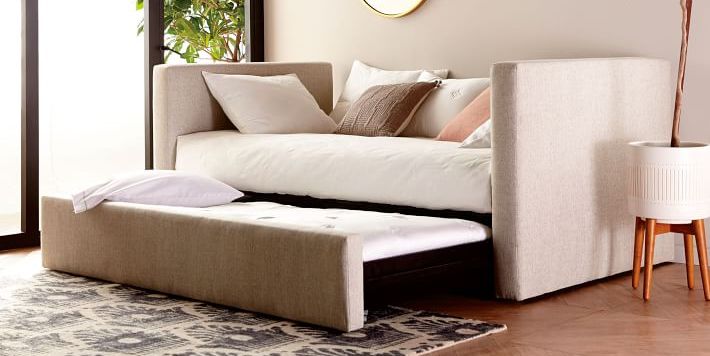
Should I choose a new bed based on height?
Basing a bed selection on height is more important than you might think, especially if you have health issues. You’ll have many choices of mattresses and beds based on height, mattress type, sleep position, firmness level and physical needs will ensure quality sleep and a sound investment.
One way to test a potential bed height is to try sitting and getting up from various chair heights. Once you find the height that feels best, you can find a bed frame, box spring and mattress that together make the height you.







Leave a Comment
You must be logged in to post a comment.